table of contents:
Do you have a sewing machine, but you don't know how to use it? Do the technical manuals seem incomprehensible to you, and the online tutorials too discouraging? Don't let this wonderful device gather dust and discover here a simple sewing machine tutorial that will teach you the basics of using the sewing machine .
From magic threading to your first stitches, including basic adjustments and tips for avoiding broken threads, you'll master the basics in no time.
Getting to Know Your Sewing Machine: A Beginner's Guide to Components
A sewing machine may seem intimidating at first, but its basic components are simple to identify. Understanding their role will allow you to sew with confidence , even if it's for the first time:
- The steering wheel : The large side wheel for operating the needle (turn towards you).
- The presser foot : A metal or plastic clamp that holds the fabric in place.
- The spool pin : The location for the upper thread spool, often at the top or rear of the machine.
- The stitch selector : The button or lever to choose the stitch type.
- The needle plate : The metal plate below the needle, marked with graduations to guide the fabric.
- The reverse lever : For sewing in reverse and reinforcing seams.
What is each element used for? The role of each part
Each component plays a key role in the success of your sewing. Here are their practical uses:
- The presser foot holds the fabric firmly . Without it, the fabric would risk slipping. Proper pressure prevents puckering on thin fabrics or improves the feed of thick fabrics.
- The handwheel is used to position the needle manually. If it jams, check for jams in the bobbin case or lubricate the mechanism .
- The stitch selector adjusts the needle movement to create straight, zigzag, or decorative stitches . The reverse lever reinforces seams by sewing in reverse.
- The needle plate guides the fabric with its graduations. A properly installed bobbin ensures a strong seam by intertwining the upper and lower threads.
Knowing these elements helps prevent common mistakes. In addition, a well-maintained machine, with a smooth flywheel and clean components, ensures long-lasting results .

Threading step by step: essential preparation before sewing
Before you begin sewing, mastering the proper threading of your machine is an essential step. This sewing machine tutorial guides you step by step through preparing and installing the bobbin, correctly threading the upper thread, and bringing up the lower thread. Careful preparation ensures consistent stitches and prevents jams, making it ideal for beginners and experienced sewers alike.
Step 1: Prepare and install the bobbin (the bottom thread)
The bobbin contains the lower thread, which intertwines with the upper thread. There are two types of bobbins: metal bobbins (for mechanical machines) and plastic bobbins (modern models).
To fill them, place the spool on the spool pin, then thread the thread through the dedicated guides. Then insert the thread into the bobbin hole (if present) and activate the winder. Fill to no more than 80% capacity to avoid uneven winding, as explained in this sewing machine tutorial for beginners.
To install the bobbin , you have two options: from the side (the metal case) or under the presser foot (modern models). On side-mounted bobbins, check the direction of rotation (usually counterclockwise) and insert the thread into the slot in the case.
You should feel a click confirming the lock when the bobbin is inserted. For front-loaded bobbins, place it in its slot following the visual markings, then thread the thread through the guide and close the cover after gently pulling backward.
Step 2: Thread the top thread following the numbered guide
Threading the upper thread follows a standard path where you simply raise the presser foot and needle to the maximum.
Pass the thread through the thread guide and down into the slot. Then, move up to the take-up lever, then back down to the needle. The numbered guides on the machine make this step easier. For needles without an automatic needle threader, pass the thread from front to back or sideways, depending on the model.
Use a hand-operated accessory by sliding the thread into the notch of the needle threader. Push it against the needle and collect the thread at the back after passing through, as explained in this sewing machine tutorial for beginners.
Modern machines often feature an automatic system. Activate it by pressing the dedicated button, position the thread in the needle threader hooks, and then slowly release the accessory. This helps avoid common beginner mistakes , such as stuck or misplaced thread. To perfectly master this essential step, also follow this detailed sewing machine tutorial that illustrates each movement.
Step 3: Bringing up the bobbin thread, the final step
Once the threads are in place, rotate the handwheel toward you so the needle moves down and up. The upper thread will "fish" the lower thread, creating a loop. Gently grasp this loop with the tweezers to pull the thread out of the bobbin.
Pass both threads (top and bottom) under the presser foot and pull them toward the back of the machine, as explained in this beginner sewing machine tutorial to avoid tangles when starting .
A common mistake for beginners is to neglect the direction of rotation of the bobbin. Thread that unwinds in the wrong direction causes uneven stitches. Therefore, always check the instructions provided with the machine. Finally, remember that incorrectly positioned threads behind the presser foot cause stitching defects . To better visualize each step, also follow this complete sewing machine tutorial which illustrates threading and thread preparation.
If you don't have a sewing machine, you can rent one from Verotex .
The basic settings for your first seams
|
Point Name |
Common symbol |
Main use |
|
Straight stitch |
Continuous line |
Join two fabrics, make topstitching |
|
Zigzag stitch |
Broken line |
Overlock edges, sew stretch fabrics |
|
Breakpoint |
U-shaped arrow |
Secure the start/end of a seam |
|
Buttonhole |
Rectangle with slit |
Create button slots |
Choosing the right stitch: the essentials for getting started
The two essential stitches are the straight stitch (90% of seams) and the zigzag stitch (finishing and stretch fabrics). Locate the stitch selector on your machine and practice switching between them by following this sewing machine tutorial to easily master the basic settings.
The straight stitch is used to join fabrics like cotton or linen, while the zigzag is ideal for jerseys or anti-fray finishes. The backstitch secures seams without unraveling. To discover variations like the triple straight stitch or the stretch stitch and learn how to use them correctly, refer to a detailed sewing machine tutorial suitable for beginners.
Adjust the stitch length and width
The stitch length (set to 2.5 mm by default) determines the strength of the seam. Increase it for gathers or basting seams. A short length (1-1.5 mm) prevents distortion on the darts, as explained in this sewing machine tutorial to fully understand the essential settings.
Stitch width (specific to zigzag) varies depending on the fabric: a tight zigzag (width 2-3) is suitable for thick fabrics like denim and a wide zigzag (width 5-6) is suitable for thin voiles or jerseys. Always test on a sample before sewing your project.

Understanding Thread Tension: The Key to Perfect Stitches
A balanced tension between the upper thread and the bobbin ensures neat stitches . If loops appear on the wrong side, tighten the upper thread (increase the number). If they are visible on the right side, loosen the tension. Most machines use a standard setting (4-5). To fully understand these adjustments and avoid common mistakes, follow this sewing machine tutorial for beginners.
Adjust according to the fabric : reduce for delicates or increase for thicker fabrics. Clean your machine regularly, as incorrectly threaded thread or an incorrectly inserted bobbin can cause loops. A detailed sewing machine tutorial will also help you avoid these common mistakes and achieve perfect seams.
Practical tips to avoid common mistakes
Check that the needle matches the fabric (universal for cotton, stretch for jersey) and thread the machine correctly to avoid unbalanced tension. If the seam pulls or distorts, loosen the tension or use a stretch stitch. For thick fabrics, use a suitable presser foot. Consult the manual for settings according to the fabric .
Let's go! From the straight line to your first concrete project
Are you new to sewing and want to move from theory to practice? This sewing machine tutorial will help you master straight-line sewing, a key step in learning how to use the foot pedal and guide the fabric. Then, embark on a simple and motivating project: making your first makeup remover wipe, perfect for gaining confidence and making rapid progress.
The Straight Line Exercise: Mastering the Pedal and Steering
Start with the straight line , a simple but essential exercise. Take a piece of cotton, thread your machine, and practice the backstitch. Without it, your seam is likely to come undone, especially on fine fabrics. To get started, follow this sewing machine tutorial that explains step-by-step how to master the first straight lines.
Gently press the foot pedal to control the speed, then sew along the edge of the presser foot. Focus on keeping the distance between the thread and the edge of the fabric consistent and repeat for straight lines and tight stitches .
For beginners, two types of stitches are sufficient: the straight stitch (solid seams) and the zigzag stitch (hems or stretch fabrics). The straight stitch, set at 2.5 mm, is the basic. The zigzag stitch secures frayed edges. To learn more about these settings and avoid common mistakes, also check out a complete sewing machine tutorial suitable for beginners.
You need to master these two points to be able to independently complete simple projects. When sewing thick fabrics , be careful, however, because you need to reduce the pressure on the presser foot to facilitate the feeding of both layers.
Easy project idea: sew your first makeup remover wipe
Here is the material needed to make a line:
- A 12x12 cm square of terry cloth or microfiber
- A 12x12 cm square of cotton fabric (cotton fabric)
- Matching thread
- Scissors and pins
Place the fabrics right sides together and pin the edges. Then sew all around 1 cm from the edge, leaving a 4 cm opening. Trim the corners by cutting diagonally 1-2 mm from the grain to avoid bumps after turning .
Use fine scissors for greater precision. Here's a pro tip: On thick fabrics, make an extra backstitch before cutting to prevent the seams from fraying. To master these steps, follow this sewing machine tutorial that explains the essential steps for beginners.
Turn the cloth inside out with a blunt object (hairpin or empty ballpoint pen) to avoid piercing the fabric. Iron carefully, then topstitch the opening to reinforce the seams and improve the appearance . Topstitching is important because it prevents fraying and gives a professional finish. Beginners can use an open-toe presser foot to better see their work.
This quick project uses basic techniques including piecing, backstitching, and finishing. A homemade wipe is eco-friendly and economical . Did you know that 80% of beginners succeed at this project on their first attempt? To take it a step further, experiment with variations: add a small wooden ring to hang it or use printed fabrics to personalize your wipes.
Sewing machine problems? Discover the solutions that make all the difference
Getting started with a sewing machine can often feel like a series of challenges. But rest assured, 89% of problems encountered by beginners can be solved in 5 simple steps . Did you know that 70% of jams are caused by incorrect threading? This practical guide breaks down the most common mistakes with tested and validated solutions, illustrated by easy-to-reproduce visual explanations.
Why does my yarn break or loop?
Thread breakage is often caused by excessive upper tension or a dull needle. To avoid this, check that the thread is following the path indicated in the manual. A sewing machine tutorial can show you step-by-step how to set the correct tension and choose the right needle.
Loops under the fabric appear in 95% of cases due to incorrect threading of the upper thread . If this is the case, remove the thread completely and start threading again with the foot raised. To further explore these adjustments and avoid common mistakes, also follow a second detailed sewing machine tutorial that explains threading and thread selection according to the fabric.
Skipped stitches or a broken needle: what to do?
Skipped stitches usually indicate a worn needle. You won't experience this problem if you change the needle every 8 to 10 hours of sewing. A broken needle, on the other hand, indicates a rough movement when guiding the fabric or an inappropriate choice of thickness. You can avoid this by letting the machine feed the fabric naturally. Here's the essential checklist :
- Re-thread the machine completely (upper thread and bobbin): 80% of problems disappear
- Replace the needle with a new one suitable for the fabric
- Clean the bobbin compartment with a soft brush
- Check the quality of the thread and its suitability for the fabric
- Make sure the can is inserted the correct way
The sewing machine becomes a valuable ally when you master the basics. By following these steps, you'll avoid 90% of your stumbling blocks. Remember: every problem has a simple solution. Test these tips on a piece of fabric before your final projects. With this method, even beginners can transform their ideas into concrete creations , without frustration.

Maintain your machine so it lasts longer
To ensure the longevity and performance of your sewing machine, proper maintenance is essential. In this sewing machine tutorial, discover simple steps to regularly clean your machine and prevent dust buildup. You'll also learn when and how to properly oil its mechanisms to ensure smooth and long-lasting operation. Practical advice for sewing with peace of mind while preserving your equipment over the long term.
Basic cleaning: a simple and essential action
A poorly maintained sewing machine accumulates dust and fibers, causing blockages or uneven stitches . Always unplug the machine before starting and use a soft brush or fine paintbrush to reach sensitive areas without damaging them.
For optimal operation of your sewing machine, perform:
- Daily Cleaning : Brush accessible areas after each use with a soft brush to prevent debris buildup.
- Deep Cleaning : Remove the needle plate every 5 to 10 hours of sewing. A dry cloth will remove any residue in the bobbin case.
Avoid using compressed air, as its powerful blast pushes dirt deeper into the mechanisms. A brush or cotton swab is sufficient for the nooks and crannies.
When and how to oil your sewing machine?
Self-lubricating machines do not require any additional oil. For others, use a special white sewing oil that is fluid, colorless, and protects moving parts.
Here are the steps to follow to properly oil the machine:
- Check the oiling points indicated in the manual.
- Place one drop per sensitive point (wire guides, moving axes).
- Wipe off excess with a dry cloth to avoid attracting dirt .
Excess oil attracts dust and clogs the mechanism. For beginners, a lubrication session every 20 to 30 hours of sewing is ideal. Check the specifications of your machine, especially if you're sewing thick fabrics like faux leather, which generate more friction.
Learning to sew on your own: our tips for staying motivated
Do you think sewing alone is difficult? Don't worry, with the right methods, it's entirely possible. This sewing machine tutorial gives you practical advice for learning independently, staying motivated, and progressing step by step. With a few simple tips, you'll avoid discouragement and enjoy watching your projects progress, even without guidance.
Yes, you can learn to sew on your own!
Online sewing machine tutorials show that 80% of beginners succeed with their first projects . Your first seams won't be perfect, but that's normal. Every mistake is a step toward mastery. Imagine making a cushion in 30 minutes... It's within your reach!
Our tips for not getting discouraged and making progress
No sewing machine in sight? Start with craft projects. Making a simple cushion or pillowcase takes 1 hour. Keep your materials within easy reach: 70% of beginners give up if they're out of reach.
For your first sewing projects:
- Choose cotton or linen : these fabrics do not slip.
- Test the settings on a sample before sewing the final project.
- Use video sewing machine tutorials to visualize the steps
And if you're unsure, remember: even the pros started with uneven stitches. Your sewing machine will soon become your ally. The best way to learn is to take a sewing class with professionals. Sign up for Verotex's introductory sewing machine classes to become a sewing expert.

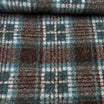
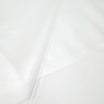

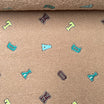
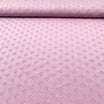
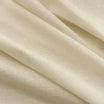
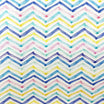





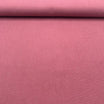
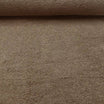

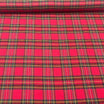

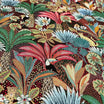
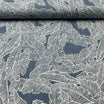

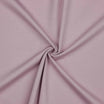
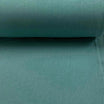
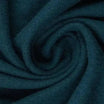
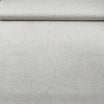
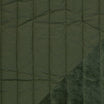
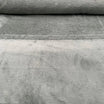
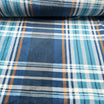
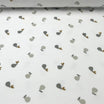
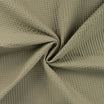


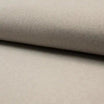


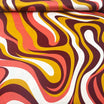

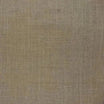
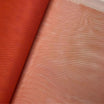
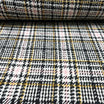
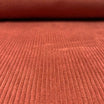
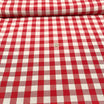

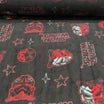

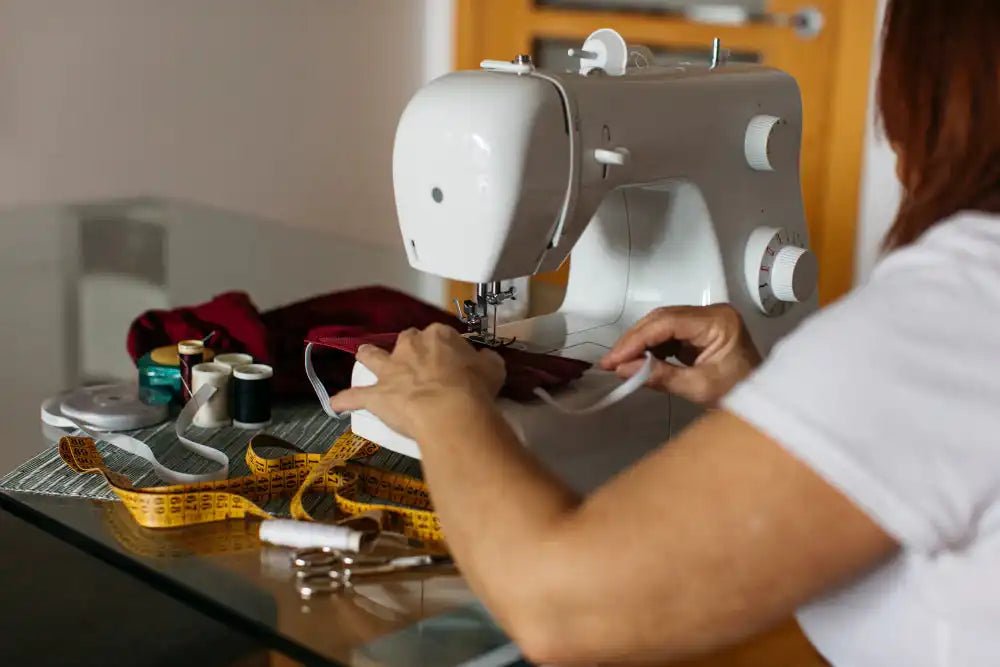
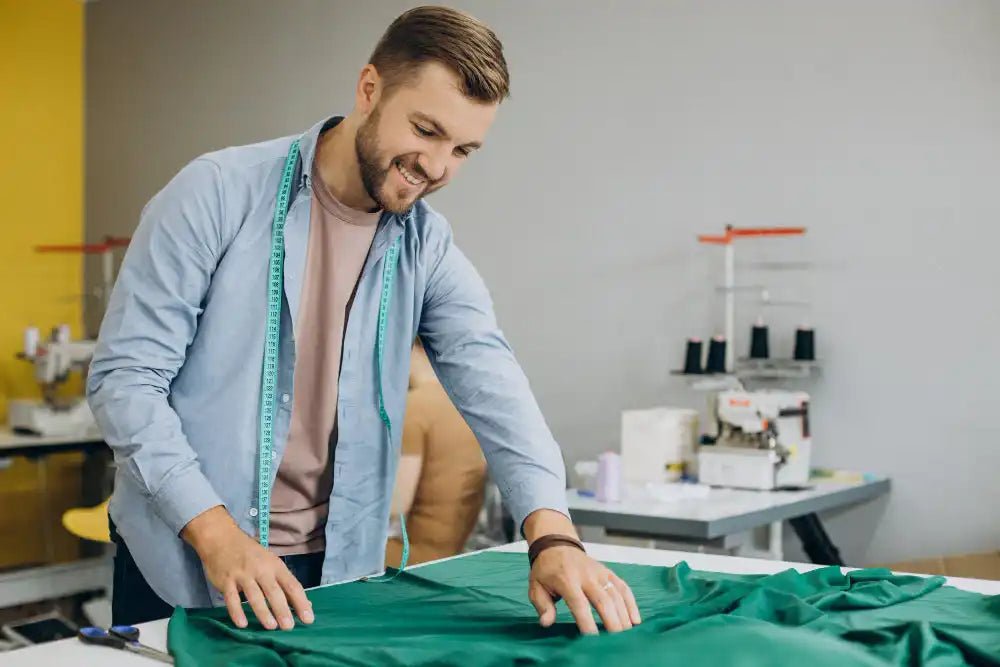
Leave a comment
All comments are moderated before being published.
This site is protected by hCaptcha and the hCaptcha Privacy Policy and Terms of Service apply.